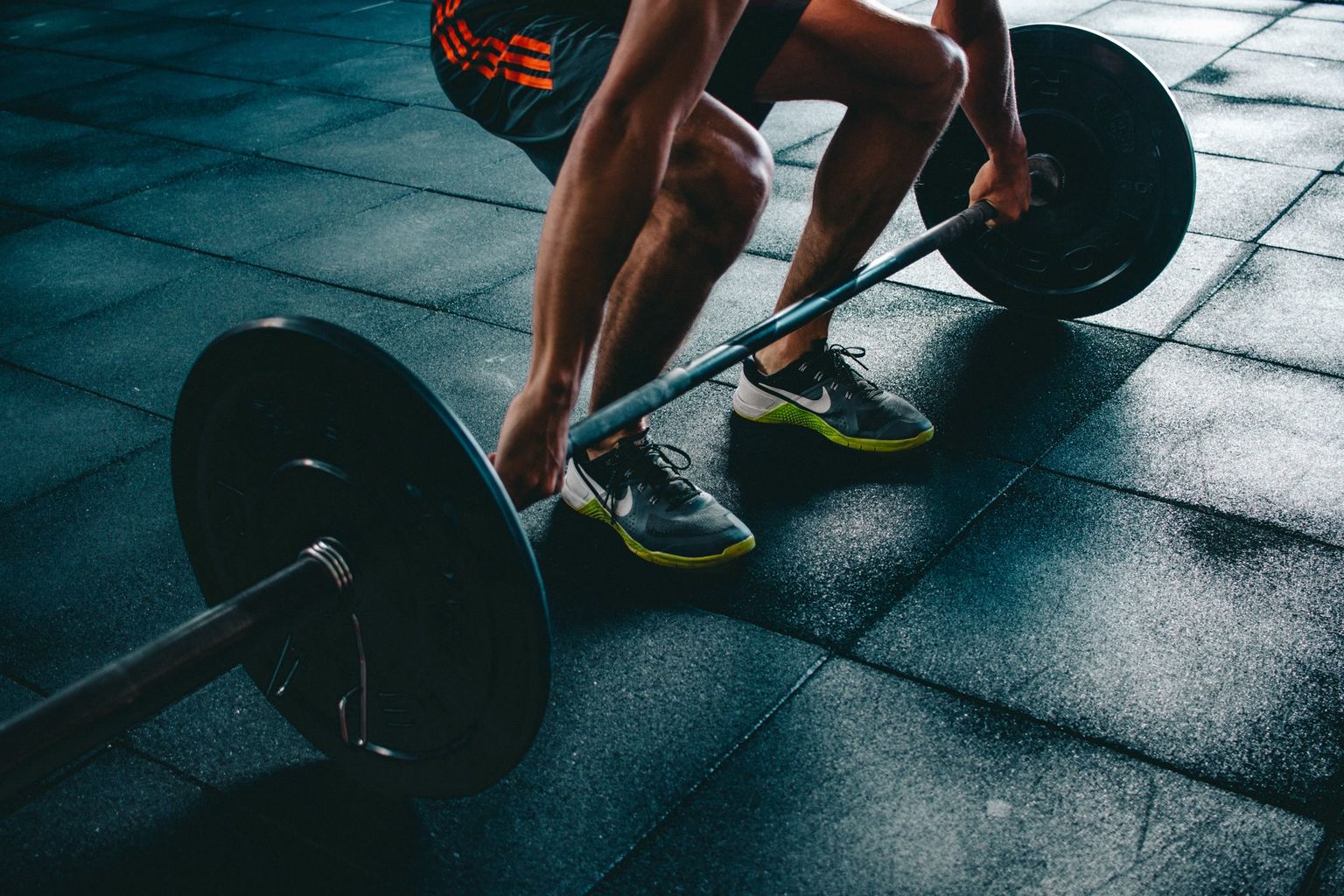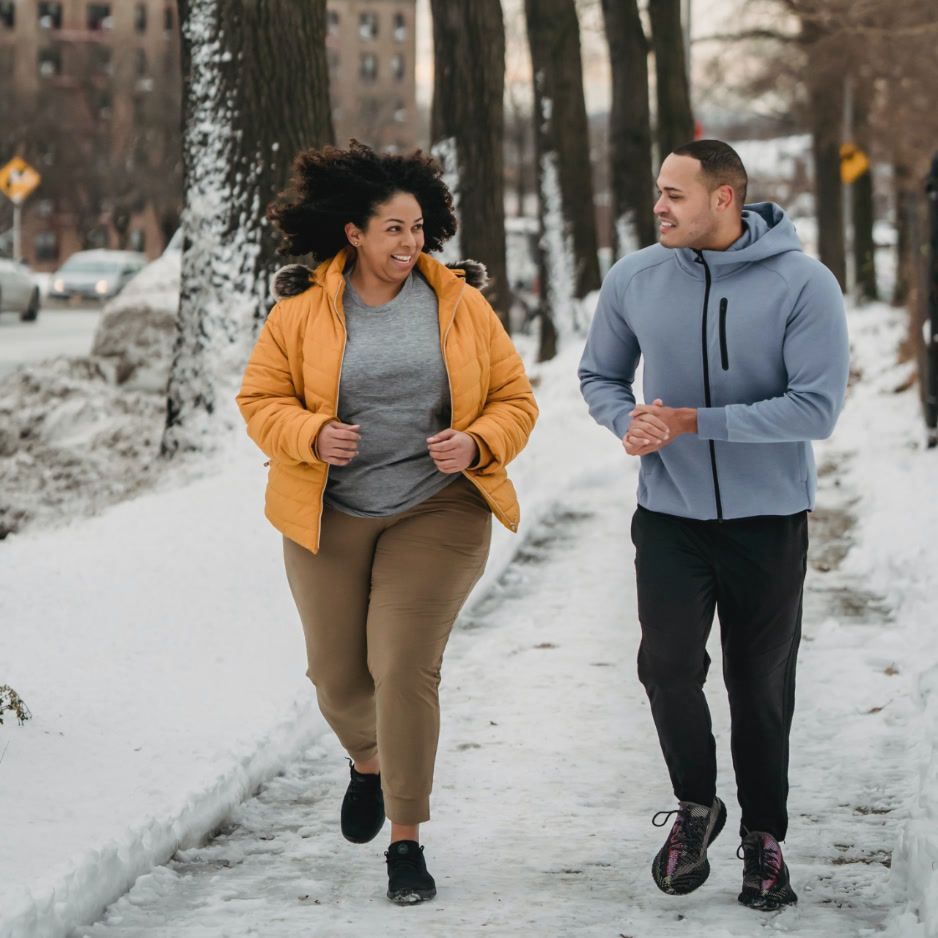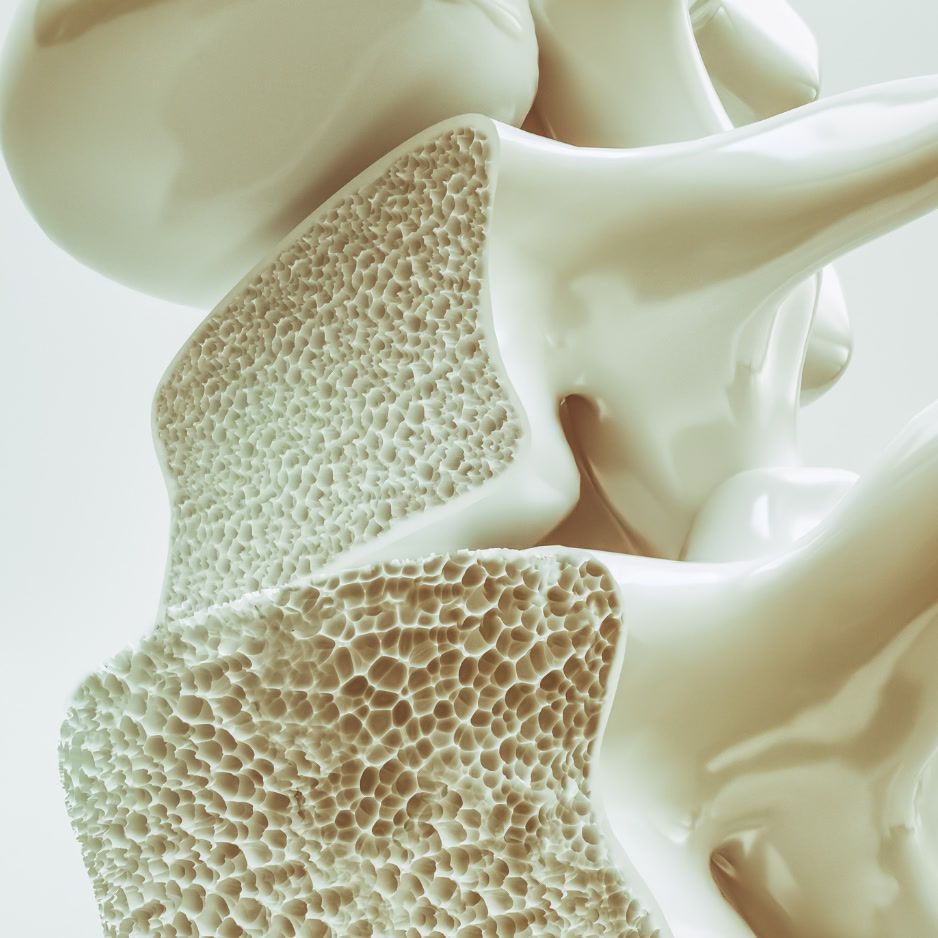Leg Day Workout: Routines for Every Level
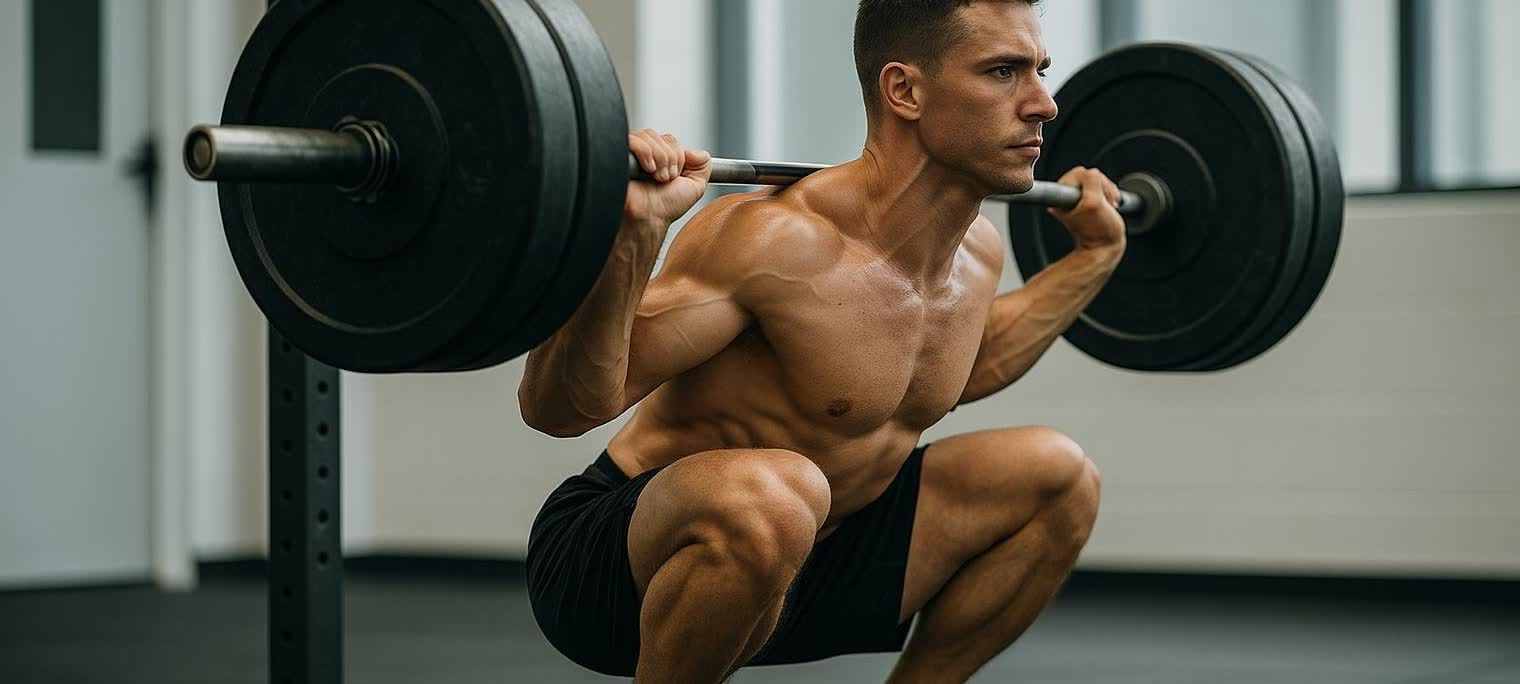
Leg Day Workout: Routines for Every Level (Gym & Home)
Want legs that are strong, balanced, and athletic—not just sore? This guide gives you plug-and-play leg day workouts for beginners, intermediates, and advanced lifters, plus a 30-minute dumbbell/band routine for home. Everything is grounded in current evidence on training volume, frequency, rest, and tempo—so your work actually pays off.
- What to expect:
- Fast, effective warm-up
- Tiered routines with sets, reps, tempo, and rest
- Home and gym options
- Safe form cues and knee-friendly tips
- Progression plan and FAQs backed by research
Related reads: Dynamic Warm-Up: 11 Exercises & How-To, RPE Meaning & Training Guide, and our Ultimate Guide to Hypertrophy.
Quick Science: What Makes a Great Leg Day?
- Train each major muscle group at least twice per week for better hypertrophy than once-weekly splits, when volume is comparable (meta-analysis).
- Aim for roughly 12–20 weekly sets per muscle group as a practical sweet spot for growth; more isn’t always better, especially for quads (systematic review).
- Rest 2–3 minutes on heavy compound lifts and at least 60 seconds on accessories; longer inter-set rests preserve volume and show small but meaningful hypertrophy benefits (RCT and Bayesian meta-analysis).
- Tempo: There’s no magic cadence. Control the lowering phase (about 2–3 seconds) and move powerfully up; overall hypertrophy is similar across reasonable eccentric tempos (study).
Track what’s changing—not just what you’re lifting. A BodySpec DEXA scan quantifies leg-by-leg lean mass and visceral fat so you can see if training is adding muscle where you expect.
Step 1: Prime Your Legs (5–10 Minutes)
Use a brisk, dynamic sequence to raise temperature, mobilize hips/ankles, and groove patterns. Dynamic warm-ups enhance readiness and can reduce injury risk compared with long static holds before training (review).
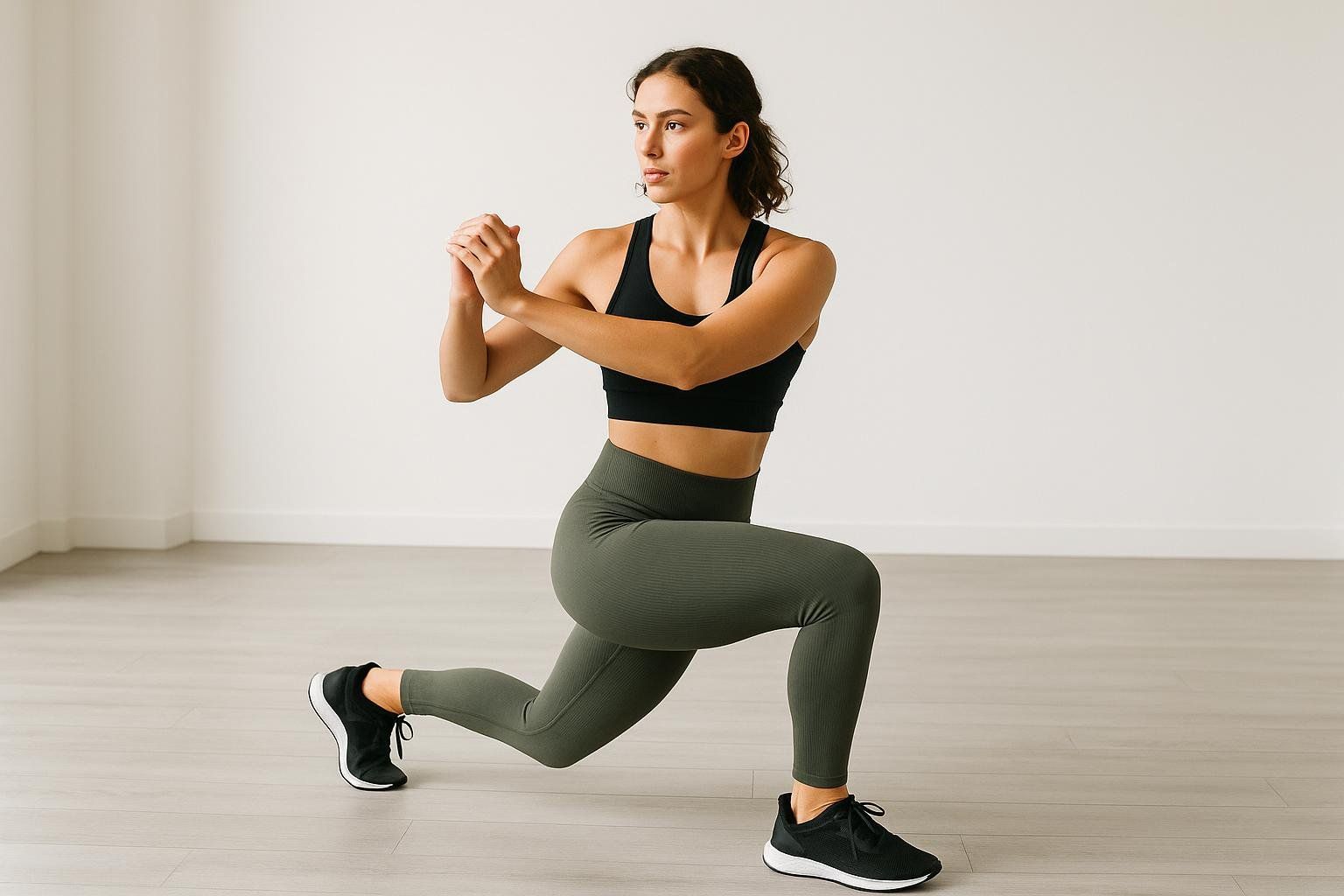
- 2 minutes easy bike or jump rope
- Inchworm × 4
- Walking lunge with rotation × 6/side
- Leg swings (front/back, side/side) × 10/leg
- 2 light sets of your first lift (5–8 reps)
Want options and progressions? See our full warm-up guide: Dynamic Warm-Up: 11 Exercises & How-To
Form Tips for Knee and Back Safety
- “Knees track over middle toes” on squats/lunges. Strengthening the gluteals improves knee control and helps reduce dynamic knee valgus, a risk factor for ACL stress (scoping review).
- Use a full foot tripod (big toe, little toe, heel) and keep heels down on knee-dominant work.
- Pair quad-dominant lifts with glute-dominant accessories like hip thrusts to build robust hips and distribute forces well (systematic review of GMax EMG).
- If front-of-knee discomfort pops up, start with upright, heel-elevated goblet squats or Spanish-squat isometrics and consult our KOT guide: Knees Over Toes Exercises
How to Read the Prescriptions
- Tempo is written as “eccentric–pause–concentric–pause,” e.g., 3–1–1–0. When you see an “X” for the concentric, it means explode up with maximal intent while maintaining form.
- Rest = time between work sets. Use longer rests for heavy compounds.
- Effort: Aim to finish sets with 1–3 reps in reserve (RPE 7–9). Learn RPE: RPE Meaning & Training Guide
Beginner Leg Day (45–60 min)
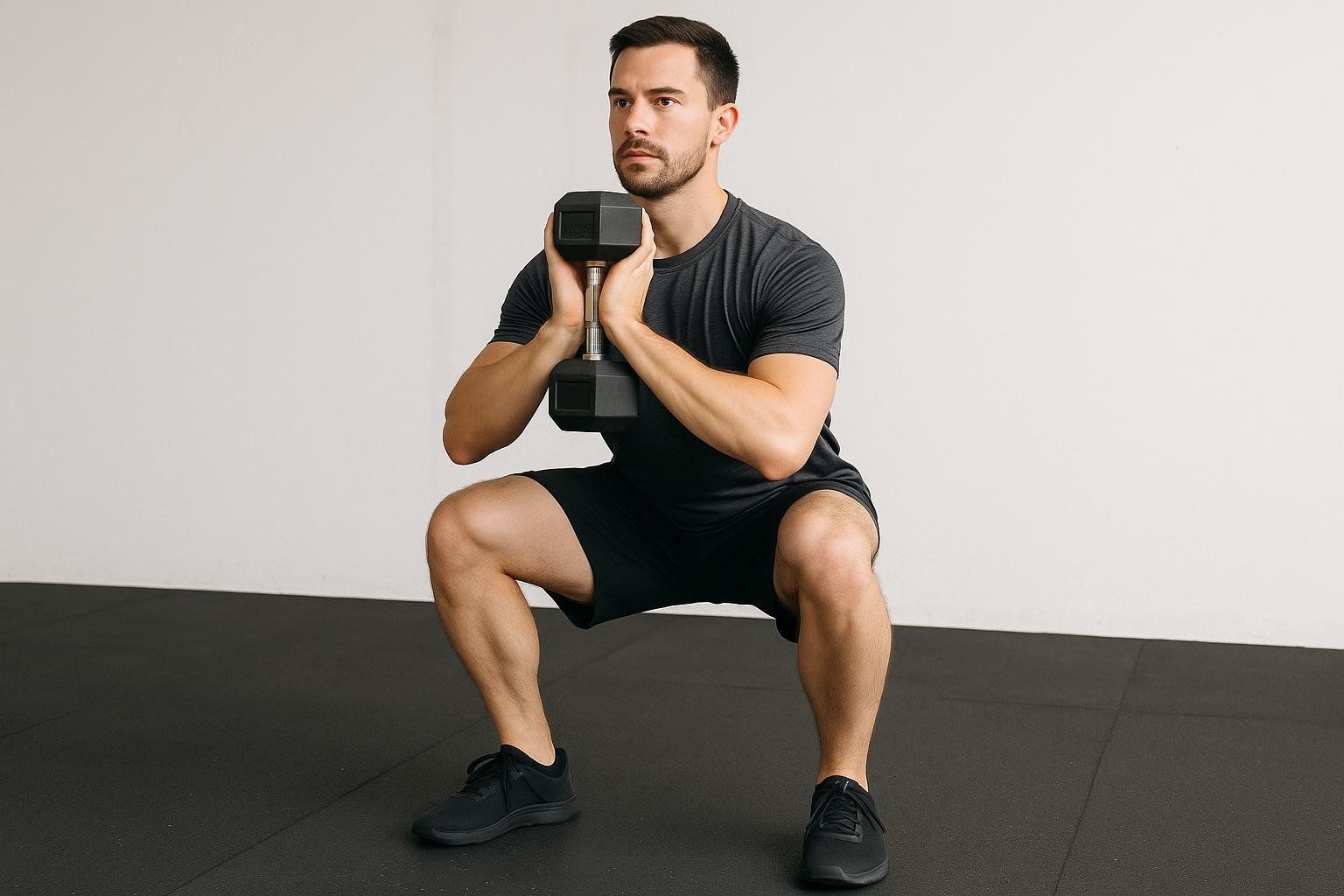
Goal: Learn patterns, build a base, and leave a rep or two in the tank.
- Goblet Squat — 3 × 8–10 @ 3–1–1–0, Rest 90 s
- Romanian Deadlift (DB/KB) — 3 × 8–10 @ 2–1–1–0, Rest 90 s
- Step-Up (knee-high box) — 3 × 8/leg @ 2–1–1–0, Rest 60–90 s
- Hip Thrust (DB) — 3 × 10–12 @ 2–1–1–1, Rest 60–90 s
- Seated or Standing Calf Raise — 3 × 12–15 @ 2–1–1–1, Rest 60 s
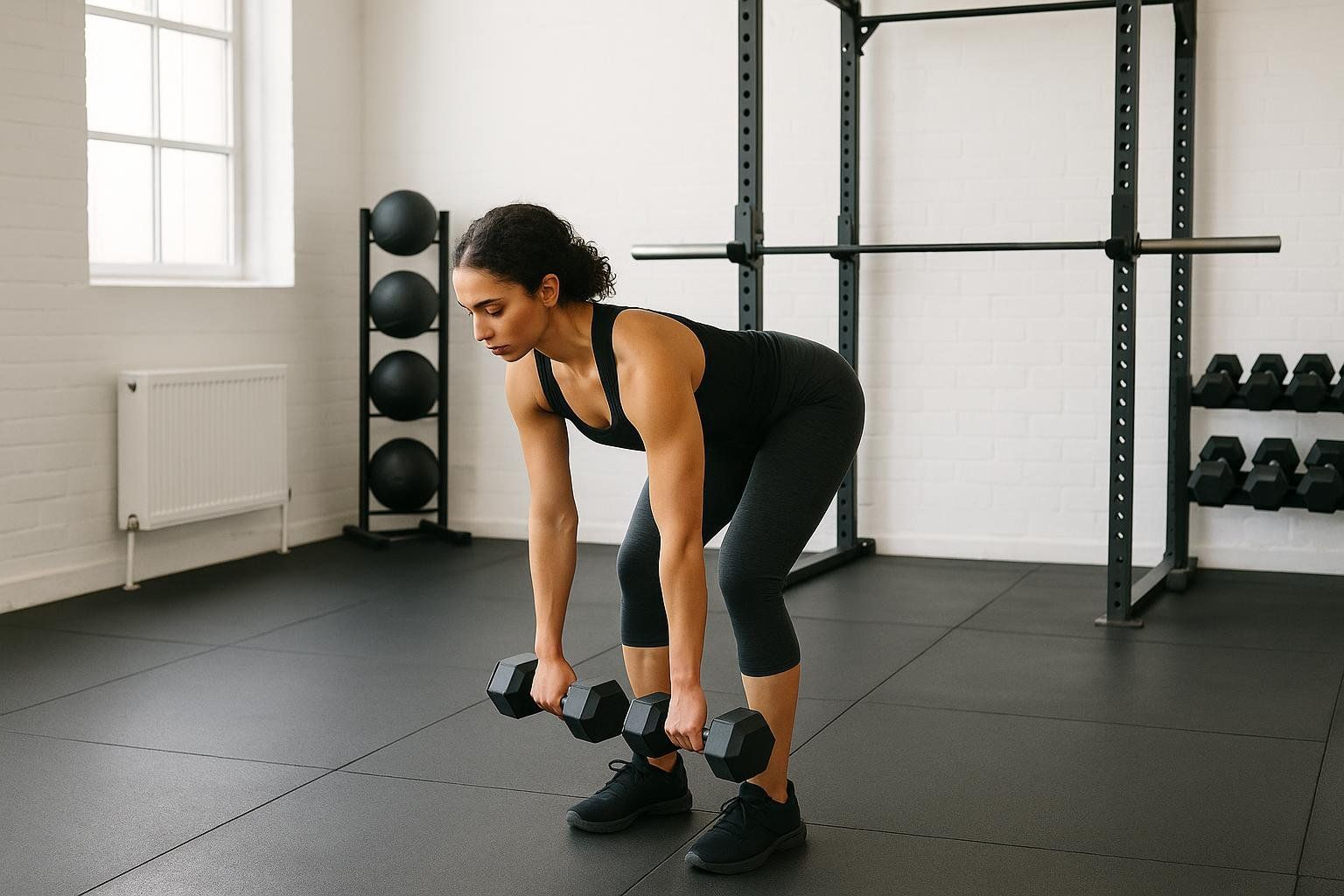
Notes
- Prioritize range you can control. Stop a set if balance or back position degrades.
- Progress by adding 2.5–5 lb to dumbbells each week you hit the top rep range cleanly.
- Recovery tip: Light foam rolling can reduce next-day soreness; try our 10-minute foam rolling routine.
Intermediate Hypertrophy Day (60–75 min)
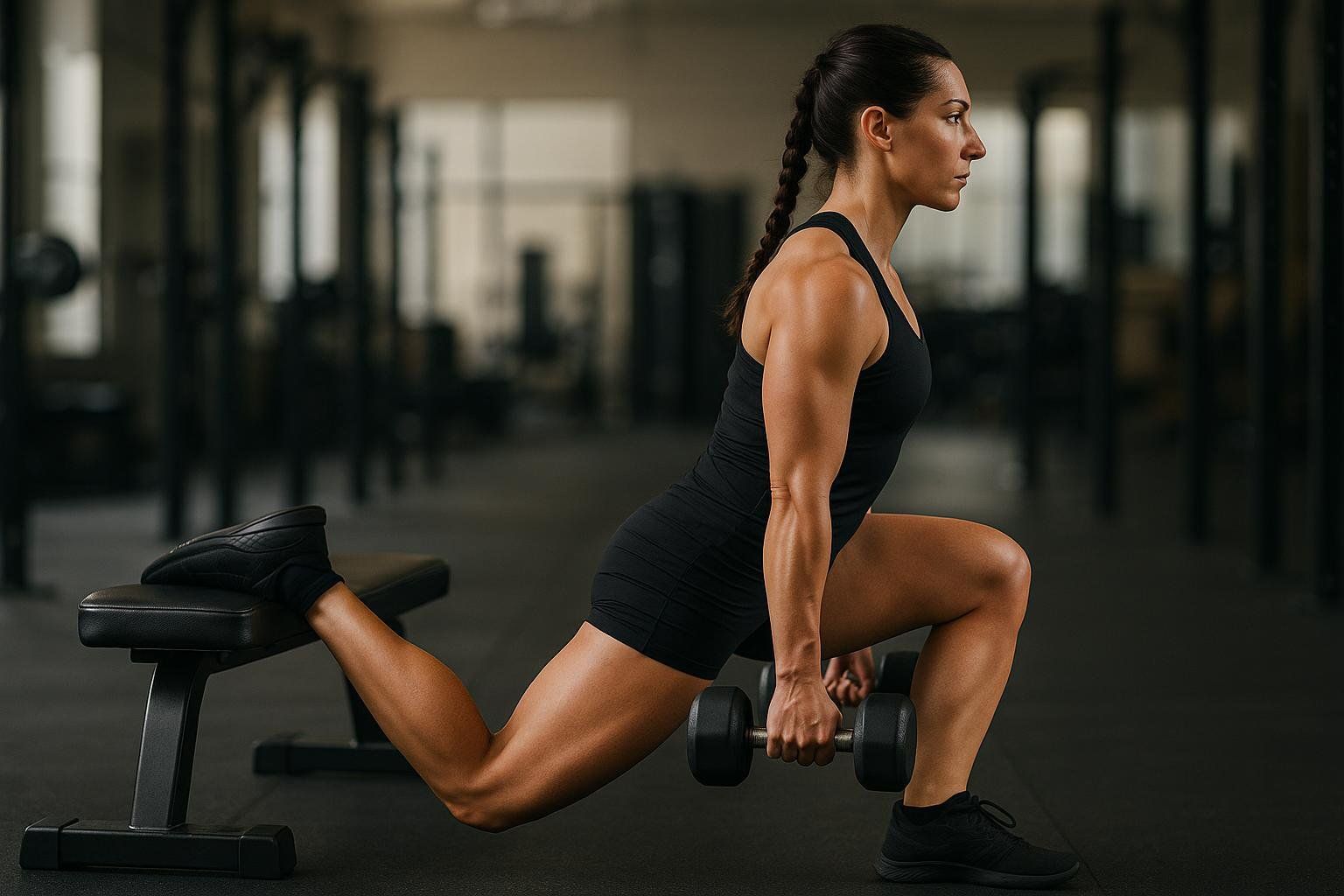
Goal: Increase weekly set volume toward the 12–20 sets/muscle sweet spot and push accessories closer to failure.
- Back Squat — 4 × 6–8 @ 3–1–1–0, Rest 2–3 min
- Romanian Deadlift — 3 × 8–10 @ 2–1–1–0, Rest 2 min
- Bulgarian Split Squat — 3 × 8–10/leg @ 3–1–1–0, Rest 90 s
- Leg Curl (machine or bands) — 3 × 10–12 @ 2–0–1–0, Rest 60–90 s
- Leg Extension — 2–3 × 12–15 @ 2–1–1–0, Rest 60–90 s
- Standing Calf Raise — 3 × 12–15 @ 2–1–1–1, Rest 60–90 s
Notes
- Take 2–3 minutes between squat sets; longer rests can improve volume and growth over time.
- Weekly target: Across your split, accumulate ~12–20 sets each for quads, hamstrings, and glutes.
Advanced Mass & Strength Day (75–90 min)
Goal: Anchor the day with one heavy primary lift, then stack high-tension accessories.
- Primary Lift (Choose One):
- Option A — Squat Emphasis: Front Squat or High-Bar Squat — 5 × 3–5 @ 3–1–X–1, Rest 3 min
- Option B — Hinge Emphasis: Deadlift (conventional or sumo) — 4 × 4–6 @ 2–1–X–1, Rest 3 min
- Hip Thrust — 4 × 8–10 @ 2–1–1–1, Rest 2 min
- Walking Lunge — 3 × 10–12/leg @ 2–0–1–0, Rest 90 s
- Hamstring Curl — 3 × 10–12, Rest 60–90 s
- Seated Calf Raise — 4 × 8–12 heavy, Rest 60–90 s
Optional intensifiers (pick one movement): last set drop-set or rest-pause. Use these sparingly to avoid recovery debt.
30-Minute At-Home Leg Day (Dumbbells & Bands)
Short on time or equipment? Do this twice weekly.
- Heels-Elevated Goblet Squat — 4 × 10 @ 2–1–1–0, Rest 60 s
- DB Romanian Deadlift — 3 × 12 @ 2–1–1–0, Rest 60 s
- Reverse Lunge — 3 × 10/leg @ 2–1–1–0, Rest 45–60 s
- Banded Hamstring Curl (anchor to door) — 3 × 15, Rest 45 s
- Single-Leg Calf Raise (hold DB) — 2 × 15/leg, Rest 30–45 s
- Optional finisher: Wall sit — 2 × 45–60 s
Progression: Add reps until the top of the range, then increase load by the smallest available jump. Keep 1–2 reps in reserve on compounds.
Programming Your Week (Examples)
- 2 Days/Week (Full-Body Emphasis): Use the Beginner routine as part of two full-body workouts (e.g., Monday and Thursday). In each session, pair the leg-day lifts here with 3–4 upper-body and core moves (e.g., bench press or push-ups, a row or pull-down, shoulder press or lateral raise, and planks).
- 4 Days/Week (Upper/Lower): Run an Upper/Lower split to hit legs twice weekly; here’s a complete template: Upper/Lower Split: 4-Day Plan
Progression & Overload (8-Week Snapshot)
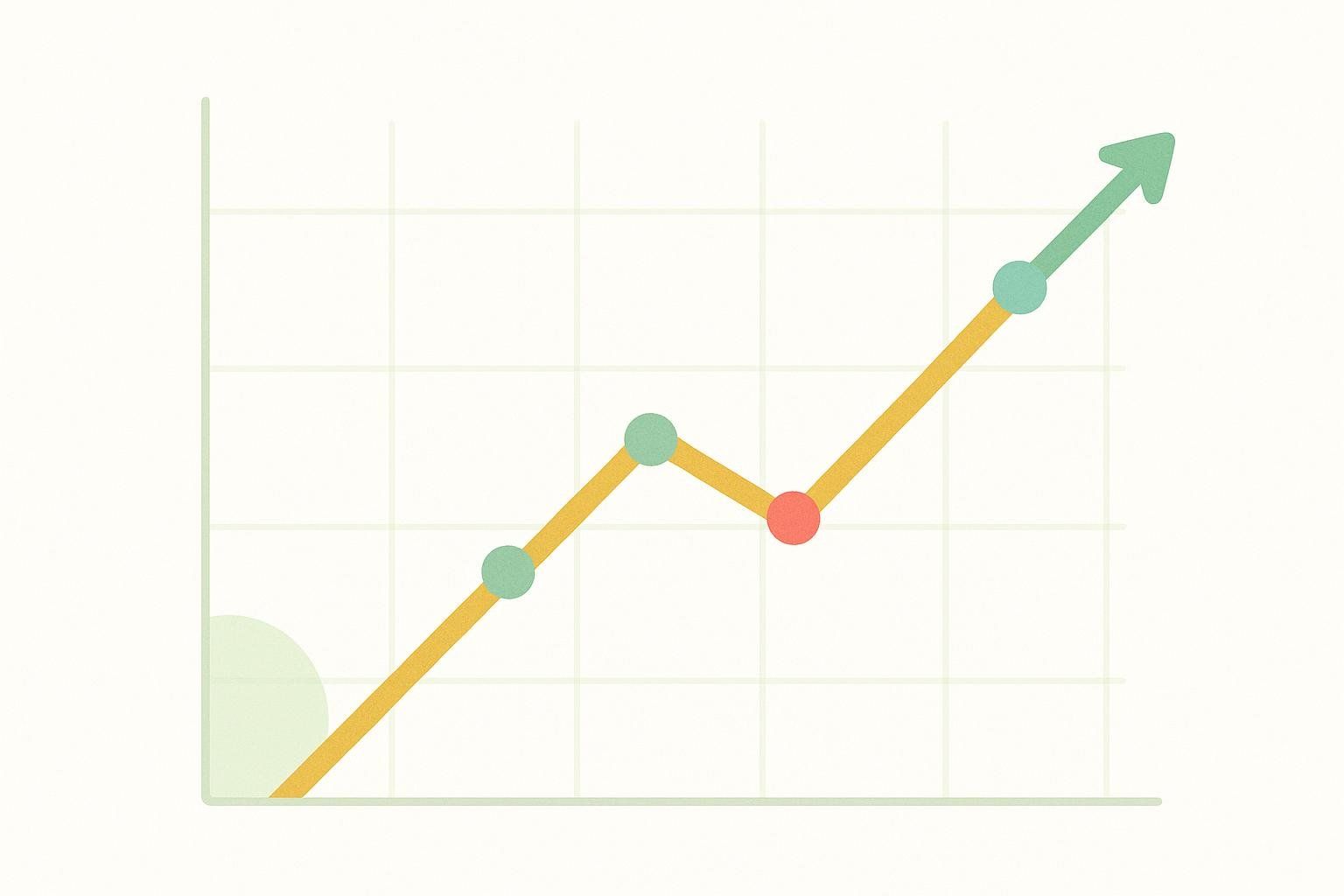
- Weeks 1–2: Learn movements, stop with ~2–3 reps in reserve (RPE 7).
- Weeks 3–5: Add 2.5–5 lb to compounds or 1–2 reps per set on accessories. Keep RPE 8–9.
- Week 6: Slight deload—reduce sets by 30–40% and keep RPE ≤7.
- Weeks 7–8: Resume previous loads and add small progressions.
Remember, building muscle works across a wide range of loads when sets are taken close to failure; there’s no single “hypertrophy zone” (narrative review).
Common Issues and Fixes
- Front-of-knee pain on squats: Elevate heels, shorten ROM, try Spanish-squat isometrics 30–45 s; progress slowly.
- Back pumps or fatigue on RDLs: Reduce range to a comfortable hamstring stretch, brace harder, and use straps as needed.
- Side-to-side strength gaps: Start sets on the weaker leg and match reps on the strong side. Our guide on how to fix muscle imbalance in legs offers a complete plan.
- DOMS too intense to train: Scale set volume temporarily and use this 10-minute post-session routine: 10-minute foam rolling routine
FAQ
Q: How many exercises should be in a leg day?
A: Four to six well-chosen moves are plenty. Focus on one to two heavy compounds (squat/hinge) plus 2–4 accessories to cover quads, hamstrings, glutes, and calves. Weekly volume is what drives growth—aim for ~12–20 sets per muscle across the week.
Q: How long should I rest between sets?
A: 2–3 minutes on heavy barbell lifts; ≥60–90 seconds on accessories. Longer rest helps maintain reps and total volume, supporting hypertrophy over time.
Q: What about “knees past toes”—is it safe?
A: With controlled loading and good technique, allowing natural forward knee travel distributes forces and can reduce hip/lumbar stress. Build capacity progressively.
Q: Do I need special tempos to grow?
A: No. Use a controlled 2–3 s down, light pause, and strong up. Global hypertrophy is similar across typical tempos as long as you train hard and close to failure.
Q: How do I know if I’m actually gaining muscle?
A: Track training loads and get periodic DEXA scans to confirm increases in leg lean mass and check left-right balance.
Where BodySpec Fits In
- Objective feedback: DEXA provides leg-by-leg lean mass so you can spot imbalances and validate that your quads/hamstrings/glutes are actually growing.
- Smarter adjustments: If a scan reveals one leg is lagging, add an extra set of unilateral work for that side during your next training block. A follow-up scan will confirm whether this adjustment is correcting the imbalance over time.
- Bigger picture: DEXA also reports visceral fat—a key health marker you can reduce with consistent training and nutrition.
Curious what your training is building? Book a scan at BodySpec to ensure your effort translates into measurable muscle growth.
Disclaimer: This article is for educational purposes and does not replace individualized medical advice. If you have pain that does not improve with simple modifications, consult a qualified professional.
